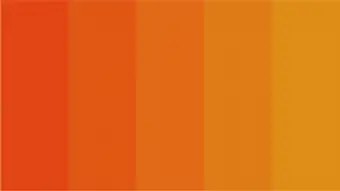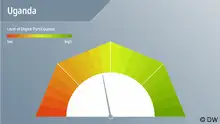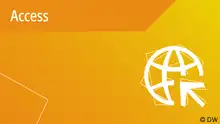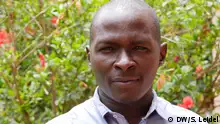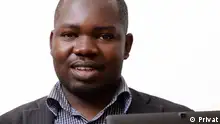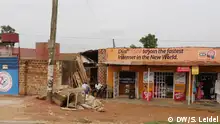#speakup barometer | Uganda
How can I read the #speakup barometer results and color ranges?
The barometer symbol presents the results of the #speakup barometer research that is reflected by the four different color ranges.
The #speakup barometer provides an overview of digital participation in a country: the potentials and opportunities but also the risks and challenges.
We want to highlight positive examples, stories and, with the help of the experts, give an outlook for the future:
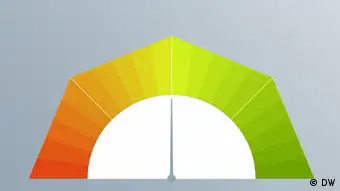
The results of the research are presented in this barometer image. The colour the needle points to indicates the magnizude of digital participation of a country.
- Where are interesting developments, trends and projects to follow?
- What can be done to improve digital participation in different fields so that more people can benefit?
- What are promising innovations, startups and research projects?
We also include a color-coded “barometer” for each country to provide a quick overview.
The #speakup barometer’s color range indicates the following:
People in (a country) face limitations in using the Internet for communication and information. Accessing the Internet is possible for a rather small share of the population. There are signs of a digital divide between groups of people and/or regions. Digital rights are currently severely restricted.Journalists and media usually work under very difficult conditions. Only a small percentage of the population can currently use all the options offered by digital media. An innovation scene is non-existent.
People in (a country) actively seek new paths to increase digital participation and will increasingly benefit from it in the future.There are still signs of a digital divide between groups of people and/or regions. Currently, digital rights are partially restricted and journalists and the media often cannot work freely. In general, not all groups in society can currently benefit from the potential of digital media. An innovation scene is exisstent but weak.
People in (a country) have a high level of digital participation and will continue to explore its creative possibilities in the future. Signs of a digital divide between groups of people and/or regions are weak. Digital rights are mostly guaranteed and journalists and media can usually work freely. Most groups in society increasingly benefit from the possibilities of digital media. An innovation scene is flourishing.
People in (a country) have achieved the highest level of digital participation and the situation will likely remain that way in the future. Access to the Internet is possible for everyone and there are no signs of a digital divide between groups of people and/or regions. Digital rights are fully guaranteed and journalists and media can work freely. Almost all groups in society benefit from the possibilities of digital media..An innovation scene is very strong and internationally well connected.
Another view of the results is based on the clusters. For each cluster we will publish a summary of our assessment in form of an article as well as a graphic that gives a quick overview.
- Date 08.05.2018
- Feedback: Send us your feedback.
- Print Print this page
- Permalink https://p.dw.com/p/2xNeC
- Date 08.05.2018
- Send us your feedback.
- Print Print this page
- Permalink https://p.dw.com/p/2xNeC

